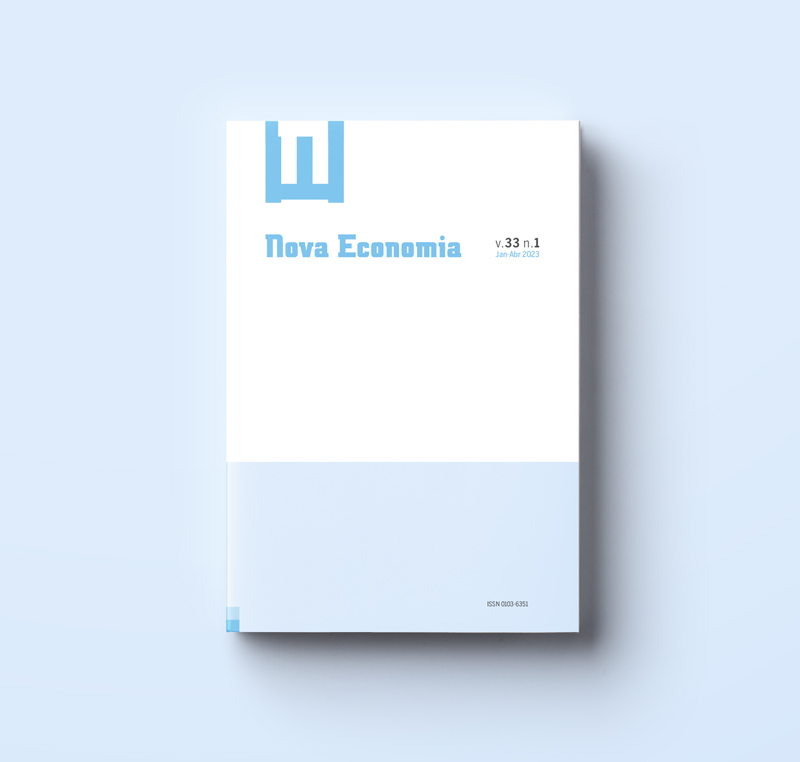Taxation and real estate dynamics: a comparative analysis for six Brazilian agglomerations
Abstract
Given the growing demand for infrastructure and social services, and the context of fiscal austerity that is still present in Brazil, the debate between land taxation and real estate prices is crucial to investigate possibilities of revenue recovery for the local government. Drawing from the causal relationship between urban land taxes and the sale price of real estate, this work investigates this relationship in 20 municipalities in the agglomerations of Belo Horizonte (MG), Brasília (DF), Salvador (BA), Vitória (ES), Cachoeiro de Itapemirim (ES) and Criciúma (SC) from econometric estimations using advertising data. The results support the hypothesis that higher IPTU levels are not associated with higher levels of home sales prices. In addition, much of the price variability was explained by variables at the municipality and agglomeration levels.
Keywords: land taxation, real estate, urban development, hierarchical model.
JEL Codes: H71, H7, R3, R5.
Downloads
Published
How to Cite
Issue
Section
License
Copyright (c) 2023 Fábio Henrique Florindo Amano, Renan Pereira Almeida

This work is licensed under a Creative Commons Attribution 4.0 International License.
Authors who publish with this journal agree to the following terms:
- Authors retain copyright and grant the journal right of first publication with the work simultaneously licensed under a Creative Commons Attribution 4.0 International License that allows others to share the work with an acknowledgement of the work's authorship and initial publication in this journal.
- Authors are able to enter into separate, additional contractual arrangements for the non-exclusive distribution of the journal's published version of the work (e.g., post it to an institutional repository or publish it in a book), with an acknowledgement of its initial publication in this journal.
- Authors are permitted and encouraged to post their work online (e.g., in institutional repositories or on their website) prior to and during the submission process, as it can lead to productive exchanges, as well as earlier and greater citation of published work (See The Effect of Open Access).




